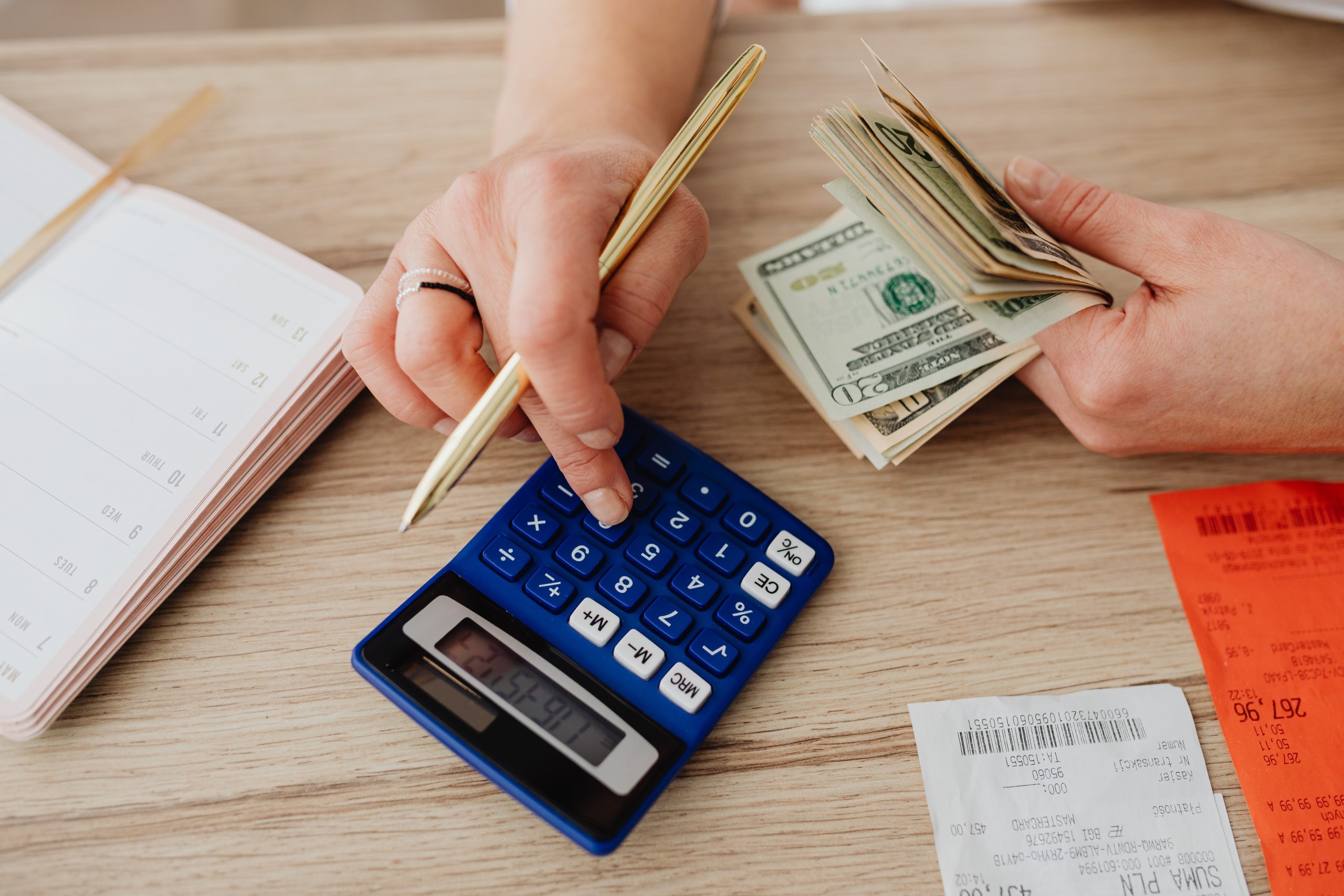For economists, measuring inflation is no easy task. It involves a lot of guesswork and predictions as to where the economy is going in the future. Fortunately, there is one measure that can be used with more certainty – the Consumer Price Index (CPI). This index allows us to see how prices for goods and services are changing over time and gives us an insight into the level of inflation. In this article, we will take a look at January’s inflation rate according to the CPI, what it means for the economy, and what it could mean for monetary policy decisions from The Federal Reserve in the coming months. So read on to find out more about this important economic indicator and what it shows about our current state!
The Fed’s Favourite Gauge
The “Fed’s Favourite Gauge” is the Federal Reserve’s preferred measure of inflation. The gauge, which is based on the personal consumption expenditures (PCE) index, is currently at 1.6 percent. This is below the Fed’s target of 2 percent inflation.
Inflation has been relatively low in recent years, despite the Fed’s aggressive monetary policy stimulus. This has led some to question whether the Fed’s inflation target is still relevant. However, Fed officials have consistently stated that they remain committed to achieving their 2 percent target.
Low inflation can be a problem for the economy because it can lead to lower wages and higher unemployment. It can also make it difficult for businesses to invest and grow. Therefore, the Fed will be closely watching inflation data in the coming months as they assess the health of the economy.
Inflation Rate in January
Inflation rate in January: The Fed’s favourite gauge shows
The Federal Reserve’s preferred inflation measure, the personal consumption expenditures price index, increased 0.3% in January from the prior month, slightly less than economists had expected. Core prices, which exclude volatile food and energy components, also gained 0.3%.
On an annual basis, inflation ticked up to 1.4% from 1.3% in December. The core measure was unchanged at 1.5%.
The modest monthly increases suggest that inflation remains well below the Fed’s 2% target and is unlikely to be a concern for policy makers as they debate whether to raise interest rates later this year.
What Does It Mean for the Economy?
Inflation is the rate at which prices for goods and services rise. The Fed’s preferred inflation gauge, the Personal Consumption Expenditures price index, showed that inflation was 1.6% in January from a year earlier. That’s down from 1.7% in December and 2% in November.
The Fed targets 2% inflation, so the latest number shows that prices are still rising but at a slower pace than the central bank would like. Inflation has been below the Fed’s target for most of the past five years, despite aggressive efforts by the central bank to spur higher prices.
Slow inflation can be a drag on economic growth because it makes it harder for companies to raise prices and can lead consumers to put off purchases expecting that goods will cost less later on. And when inflation is too low, it raises the risk of deflation, a widespread drop in prices that can further slowdown growth and make debt more difficult to repay.
Signs That Inflation Is Rising
There are many signs that inflation is rising. The most obvious sign is the increase in prices of goods and services. This can be seen in the prices of everyday items such as food and gas. Other signs include the decrease in the purchasing power of the dollar and the increase in interest rates.
Inflation can have a negative impact on the economy. It can lead to higher costs for businesses, which can then be passed on to consumers in the form of higher prices. Inflation can also erode the value of savings and investments, as well as reduce purchasing power.
The Federal Reserve monitors inflation closely and uses a variety of tools to keep it under control. If inflation does start to rise, the Fed may take action to raise interest rates or take other steps to cool down the economy.
What Can You Do to Prepare for Inflation?
There are a number of things you can do to prepare for inflation:
- Save: One of the best ways to protect yourself against inflation is to make sure you have a healthy savings account. This will help you cover unexpected costs and give you a cushion in case prices start to rise.
- Invest in assets that hold their value: Another way to protect yourself against inflation is to invest in assets that have a history of holding their value during periods of inflation. Gold, for example, is often seen as a safe haven asset during times of economic uncertainty.
- diversify your portfolio: Diversifying your investment portfolio is always important, but it becomes even more so during periods of high inflation. This means investing in a variety of different assets, including stocks, bonds, and real estate.
4.Pay down debt: Inflation can cause the real value of your debt to increase, so it’s important to pay down debt as much as possible before prices start rising.
- Stay informed: Finally, it’s important to stay informed about what’s happening with inflation and the economy in general. This will help you make the best choices possible when it comes to protecting your finances.
Conclusion
January’s inflation rate is an important indication as to how the US economy is faring and can help inform decisions made by the Federal Reserve. While this month’s figure shows that overall prices were up 1.4%, it does not necessarily mean that we are in for a period of high inflation, but rather a steady gradual rise in the cost of goods. As always, only time will tell what lies ahead for America’s economic landscape and it will be interesting to see what changes come from this month’s reading on inflation rates.




